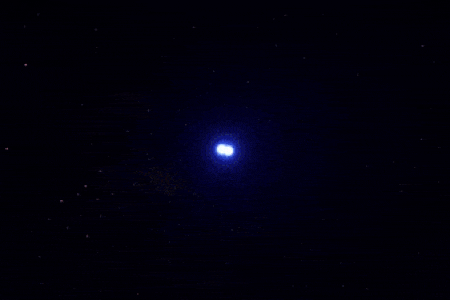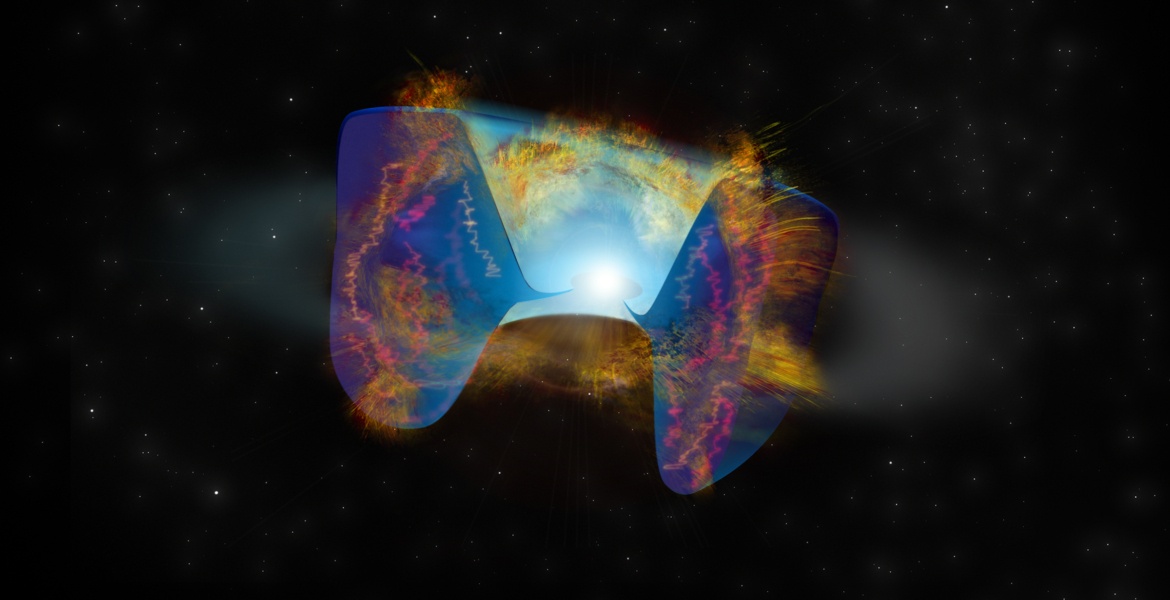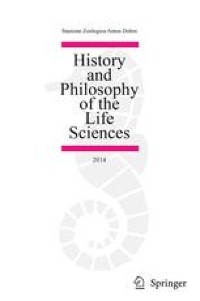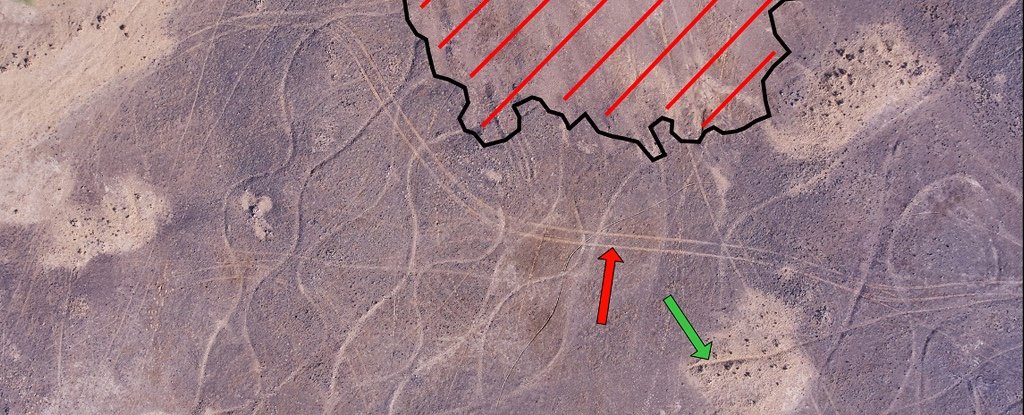
Fresh wind blows from historical supernova Elusive temporary star described in historical documents recreated using new computer model, shows it may have recently started generating stellar winds Research news
White dwarf star collision. Artist’s impression of two white dwarf stars merging and creating a Type Ia supernova. Type Ia supernovas are similar to type Iax supernovas, as they occur when two white dwarfs collide, but are brighter and the explosion completely destroys the stars. Type Iax supernovas, like SN 1181 where a remnant white dwarf is left behind, are more rare. © ESO/ L. Calçada
A mysterious remnant from a rare type of supernova recorded in 1181 has been explained for the first time. Two white dwarf stars collided, creating a temporary “guest star,” now labeled supernova (SN) 1181, which was recorded in historical documents in Japan and elsewhere in Asia. However, after the star dimmed, its location and structure remained a mystery until a team pinpointed its location in 2021. Now, through computer modeling and observational analysis, researchers have recreated the structure of the remnant white dwarf, a rare occurrence, explaining its double shock formation. They also discovered that high-speed stellar winds may have started blowing from its surface within just the past 20-30 years. This finding improves our understanding of the diversity of supernova explosions, and highlights the benefits of interdisciplinary research, combining history with modern astronomy to enable new discoveries about our galaxy.
It is the year 1181 and in Japan the Genpei War (1180-85) has recently begun. It will lead to a shift in political power from aristocratic families to the new military-based shogunate, which will establish itself in the coastal city of Kamakura near modern-day Tokyo. A record of this tumultuous period was compiled in a diary format in the Azuma Kagami. It chronicled not only people’s lives and key events (with varying accuracy), but other daily observations, including the appearance of a new star.









,co_rgb:ffffff,c_fit,w_1000,h_300/fl_layer_apply,g_south_west,x_100,y_160/l_text:Inter-Regular.ttf_40:Adam Silver,co_rgb:eff6ff,c_fit,w_1400/fl_layer_apply,g_south_west,x_100,y_90/card5.png)









/https%3A%2F%2Ftf-cmsv2-smithsonianmag-media.s3.amazonaws.com%2Ffiler_public%2F78%2F11%2F7811e0eb-8364-458a-a9b4-14a582663169%2Fgettyimages-90050101.jpg)




